Getting a pet might be exciting, but eating away at our furniture or shedding all over it doesn’t sound too pleasing, unfortunately. While it’s not too much of a price to pay for having unconditional love from your furry friend, creating a space for your pet that will make your pet feel at home isn’t too difficult. To make sure you are ready to bring home one of these little bundles of joy, we have put together a list of tips on how to get your house ready for your pet!
1. Personalised space
Pets require their own space. Personalised pet corners will make pets feel at home and have their own space to play around in. Giving your pets their own space also limits their chances of muddying the interior of the house.
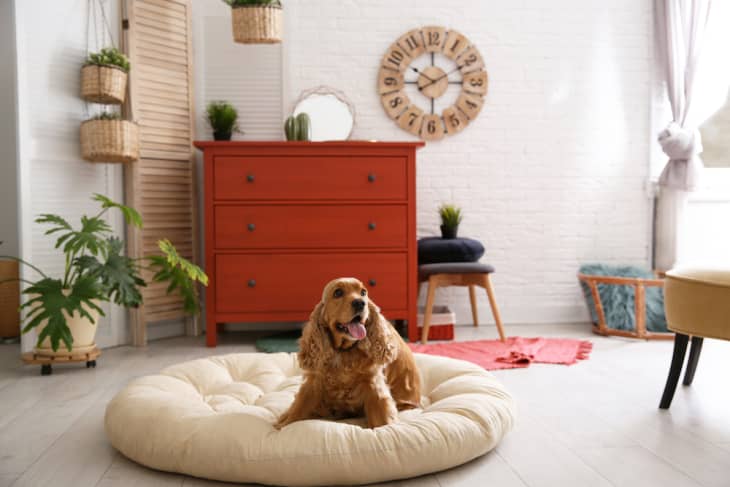
Unlike humans, cats and dogs can only see blue, yellow, and shades of grey. To cater to their muted perception of colour, make sure you pick one of these shades for the walls of your pet’s space. It is also essential to keep in mind how fond pets are of staining and scratching walls. Pick satin colours for the walls since it is easier to get stains off of satin colours than flat colours.
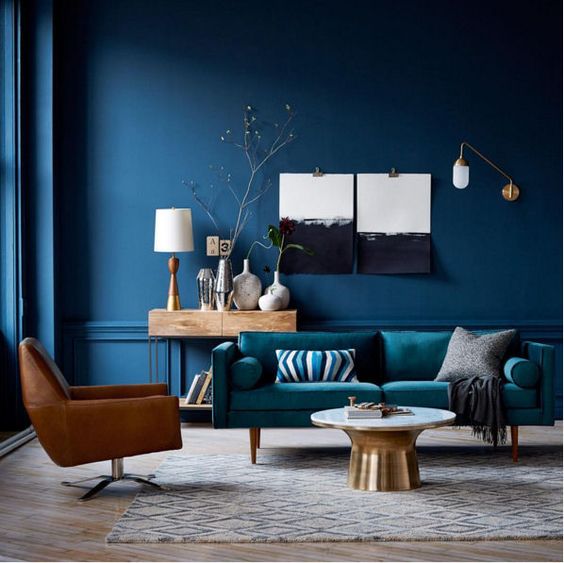
2. Electric enemies
Very few things in your household pose threats to your pets like electrical hazards do. Keep an eye out for any kinds of dangling cords or open wires. Secure all electrical outlets before you introduce your pet to your abode.
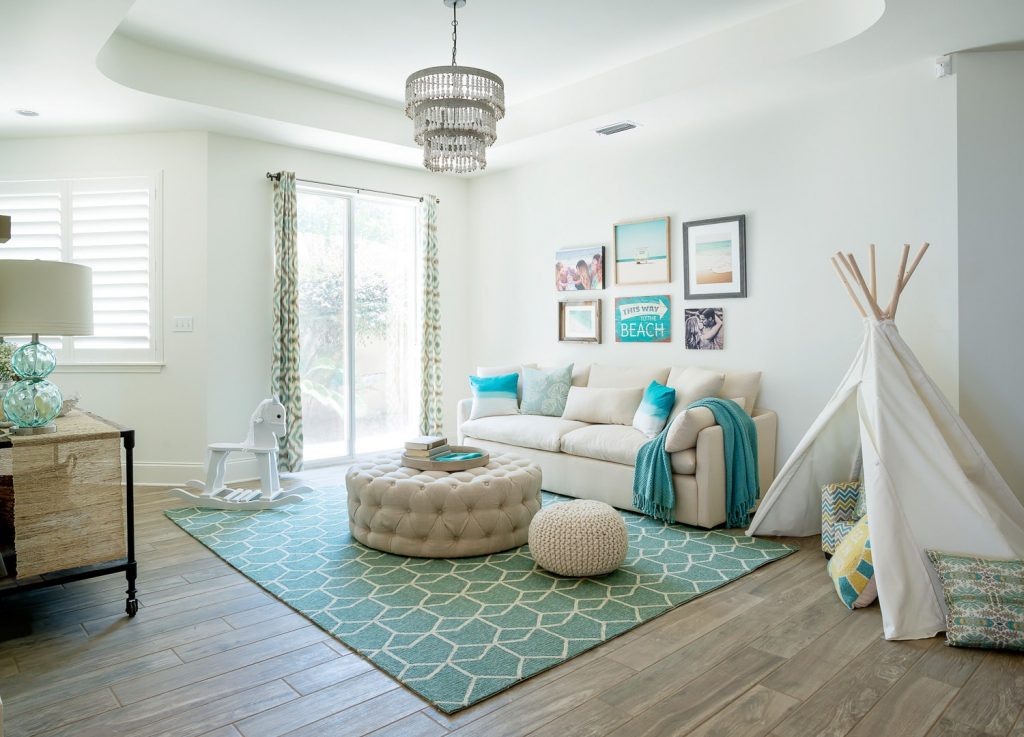
3. Things to keep out of bounds
Some foods and objects are kryptonite to pets. Keeping your furry friends safe from edibles such as chocolates, macadamia nuts, coffee, alcohol, grapes, tea leaves, raw yeast dough, and raisins is a must. Spoiled foods are also hazardous. Thus, keeping a sealed trash can is advisable.
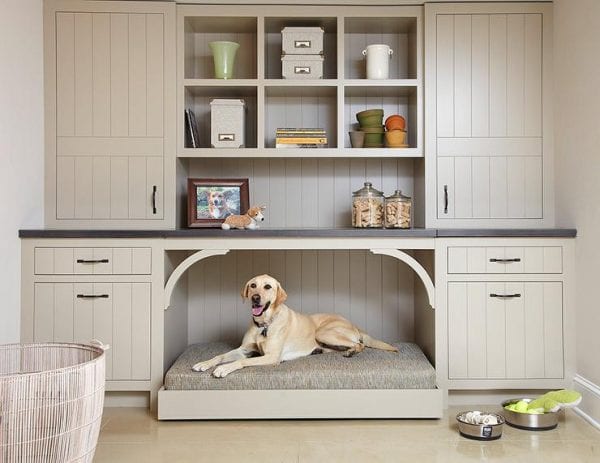
Sharp objects such as razors and blades are also dangerous to pets. It is essential to keep everyday items such as coins, buttons, needles, batteries, jewellery, paper clips, and pins off your floors and inaccessible to your pets.
4. Windows and balconies
We all have seen pictures of cats resting atop balcony rails, basking in the sun. Even though the aesthetic of it all might appeal to you, do not let that tempt you into not securing your windows and balconies. More often than not, you will hear about fluffies not surviving the fall. Thus, in the spirit of proactiveness, have a professional install a glass screen on your balcony. An alternative to that may be a fishnet over your balcony railings.
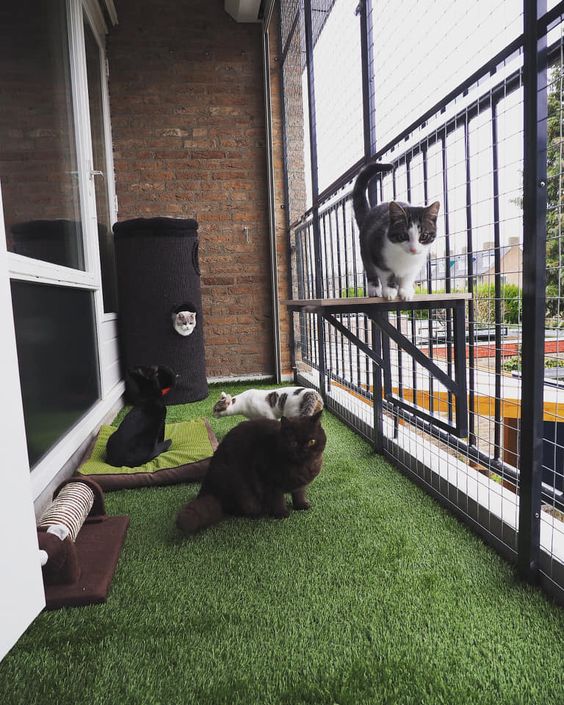
Although monitoring your pets whenever they are near open windows would be wise, supervision may not always be possible. Install a window screen to keep your pets safe from any unfortunate event.
5. Plan your plants
Some indoor plants, upon ingestion, may be detrimental to your dogs and cats. Poison ivy, oak, and sumac are commonly known enemies of pets. Many people are unaware of the poisonous effect lilies have on pets. Tiger Lilies, Easter Lilies, Tulips, and Calla Lilies are harmful to pets. Besides these, daisies, peonies, dahlias, daffodils, irises and carnations might also cause a toxic reaction to your pets when ingested. So, choose your plants carefully so that it does not cause harm to your pets.
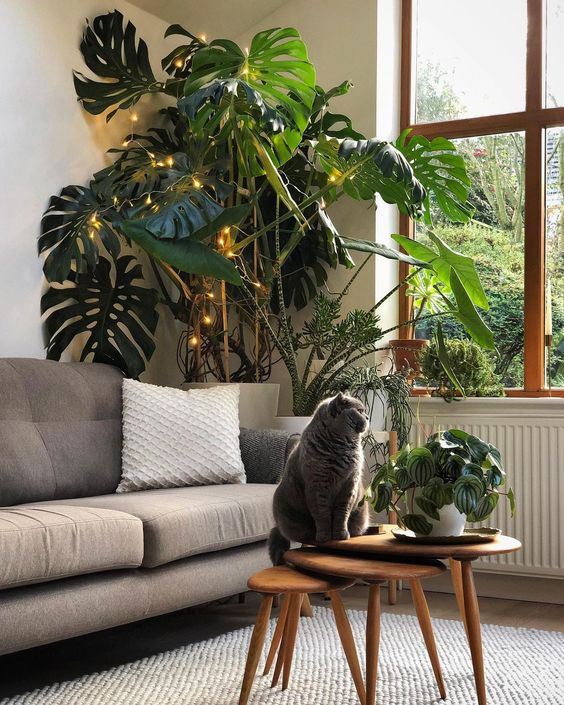
6. Keep ’em closed
The best way to keep the cheeky creatures from places they have no business being in is to use childproof latches. These latches will prevent your pets from prying on open kitchen cabinets. Childproof latches on cabinets are excellent in keeping the sneaky paws away from medications or any other objects that you wouldn’t want around your pet.
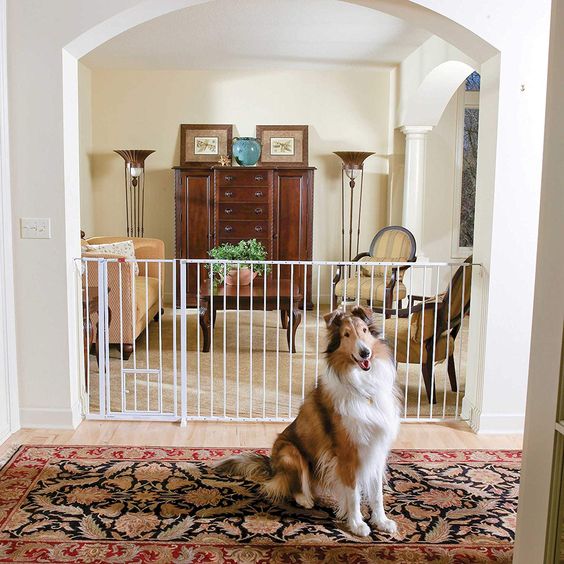
Our pets deserve comfort and cosiness as we all do. So with these tips, prepare yourself to welcome your furry friend to your abode!
If you are seeking professional assistance with decorating your interiors, contact us at Sheraspace.


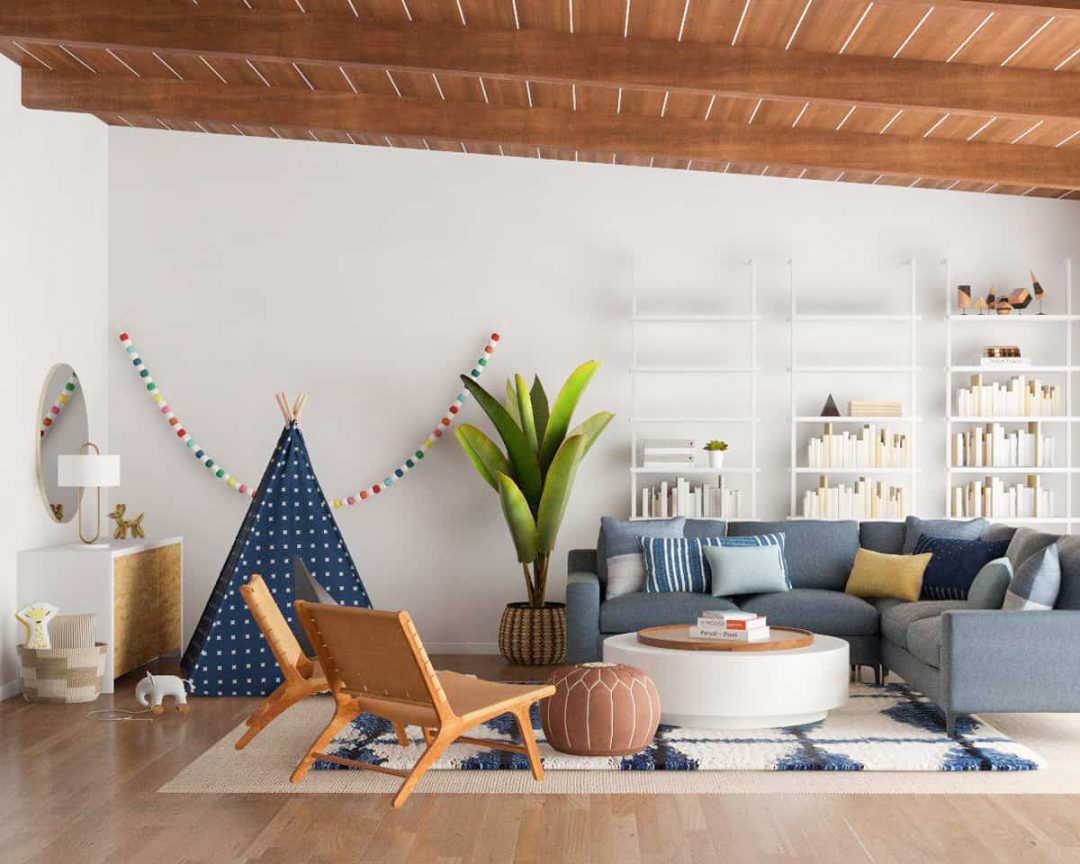

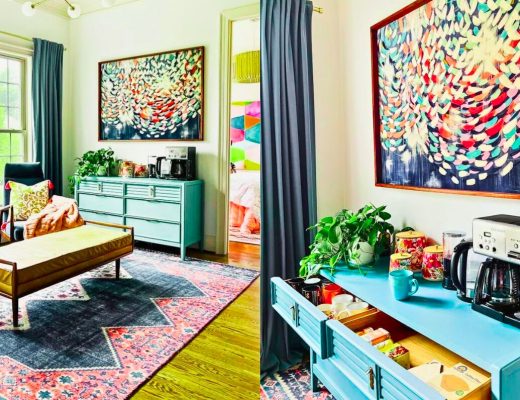
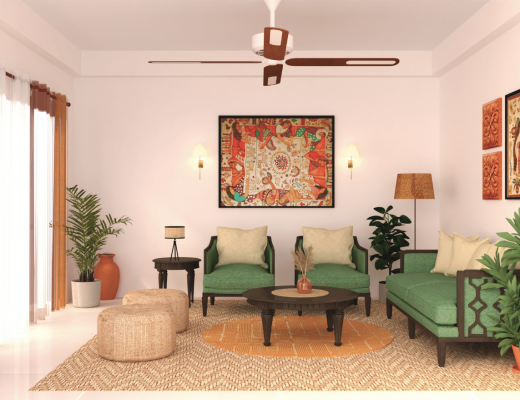
No Comments